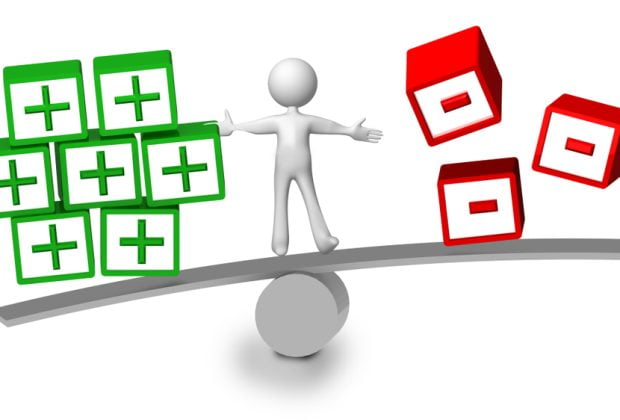
Whether you are testing the waters with specialty substrates or you dove in long ago, it always benefits you to know the advantages and disadvantages of printing on plastics. Having this knowledge at your fingertips could mean the difference between delays in production and a value-add that creates loyal clients.
We at MGX enjoy providing these resources as your business partner and specialty substrate expert. MGX offers substrates engineered for HP Indigo and dry toner digital presses in a variety of sizes, gauges, and functionality to meet specific job requirements.
Now when you get questions on the pros and cons of a certain substrate, you will have a cheat sheet to reference in order to determine the suitability for their specific application.

Advantages: Good impact resistance, machine-able, low cost, FDA compliant for indirect food contact, bright white, multiple opacities, formable, good general-purpose use, recyclable
Disadvantages: Poor solvent resistance, can become brittle, can crack under environmental stress, poor thermal stability, does not score and fold well
Common Uses: Signage, packaging, molded applications, point-of-purchase, cost-effective general-purpose use, backlit applications
Advantages: Superior clarity for clear products, good chemical resistance, flexibility, recyclable, soft hand feel, scores and folds very well, FDA approved for indirect food contact
Disadvantages: Difficult to bond, can suffer from UV degradation, high thermal expansion and shrinkage, less tear resistant than PVC or PET
Common Uses: Tags, synthetic menus, signage, package, low-cost high-clarity applications
Advantages: Excellent durability, easy to use, most widely used print plastic, resistance to UV degradation, good rigidity, low flammability (resists ignition)
Disadvantages: Not suitable for laser cutting, not considered environmentally friendly in most applications, lower thermal stability, does not score and fold well
Common Uses: Signage, gift cards, credit cards, general-purpose plastic, applications requiring good rigidity, point-of-purchase, shelf wobblers
Advantages: High impact resistance, high optical clarity, high toughness, good chemical resistance, higher heat stability
Disadvantages: Lower impact strength than PETG, can be difficult to cut, expensive
Common Uses: Button panel, nameplates, packaging, high-heat applications (heat-stabilized varieties)
Advantages: High impact strength, high heat stability, high clarity, very durable, formable, unbeatable strength
Disadvantages: Often over-engineered for the application, prone to stress cracking, requires high processing temperatures, toxic chemicals used to produce, expensive
Common Uses: Nameplates, overlays, button panels, harsh-environment products, outdoor weatherable applications
You can always come back to this post, download our Advantages and Disadvantages of Printing on Plastics PDF to print or save for future reference, or contact MGX to speak to one of our knowledgeable representatives about the job and the substrate you need to complete it.